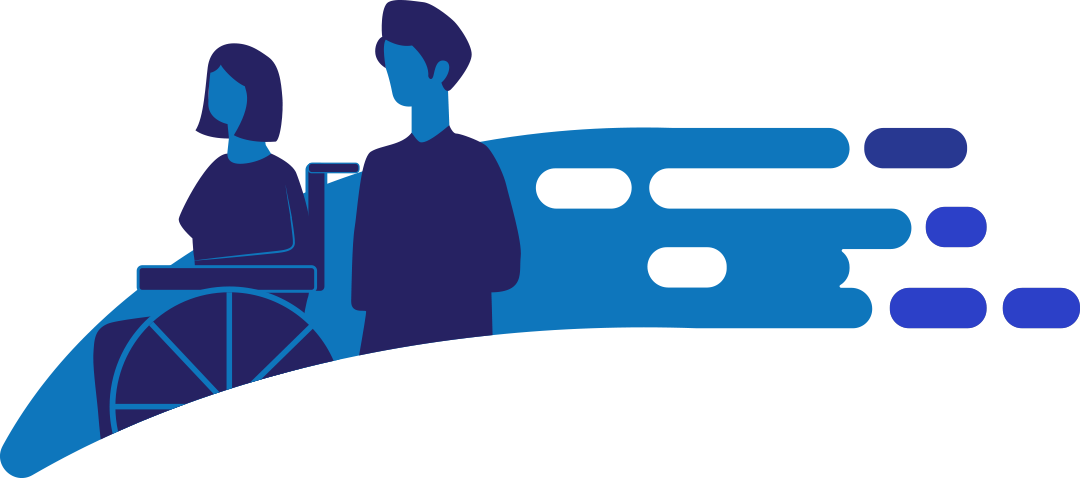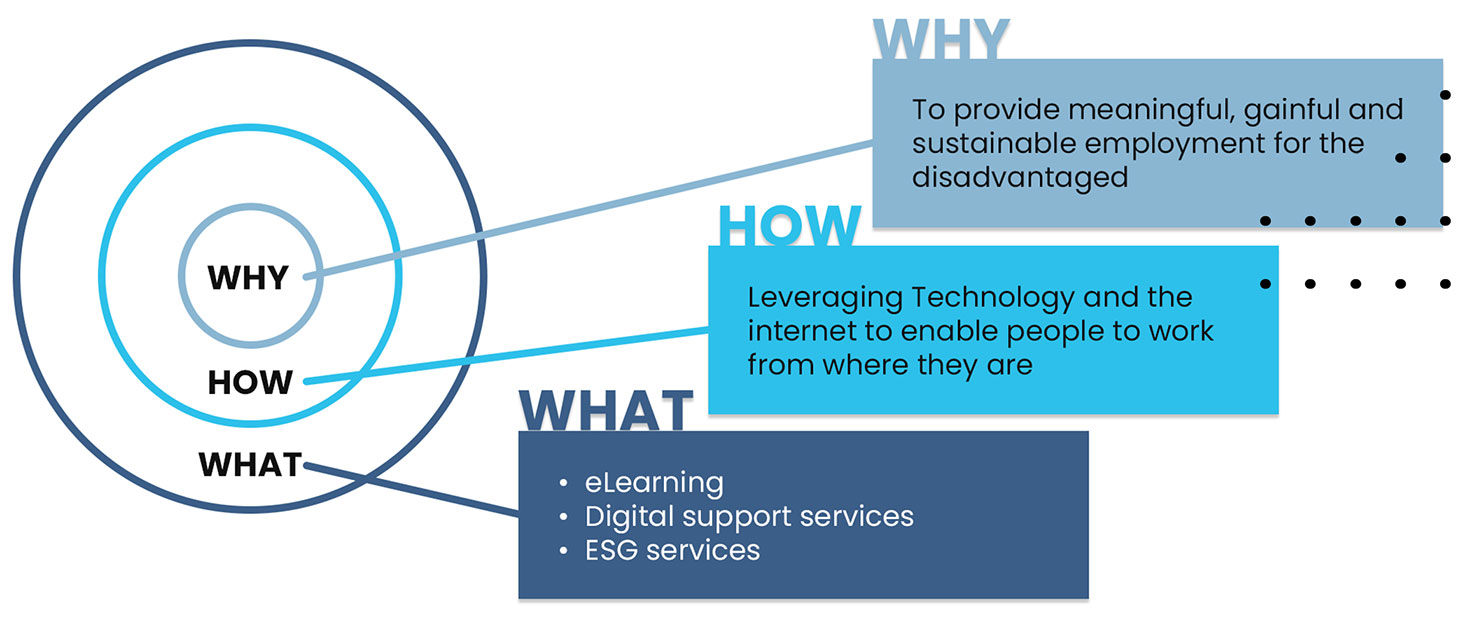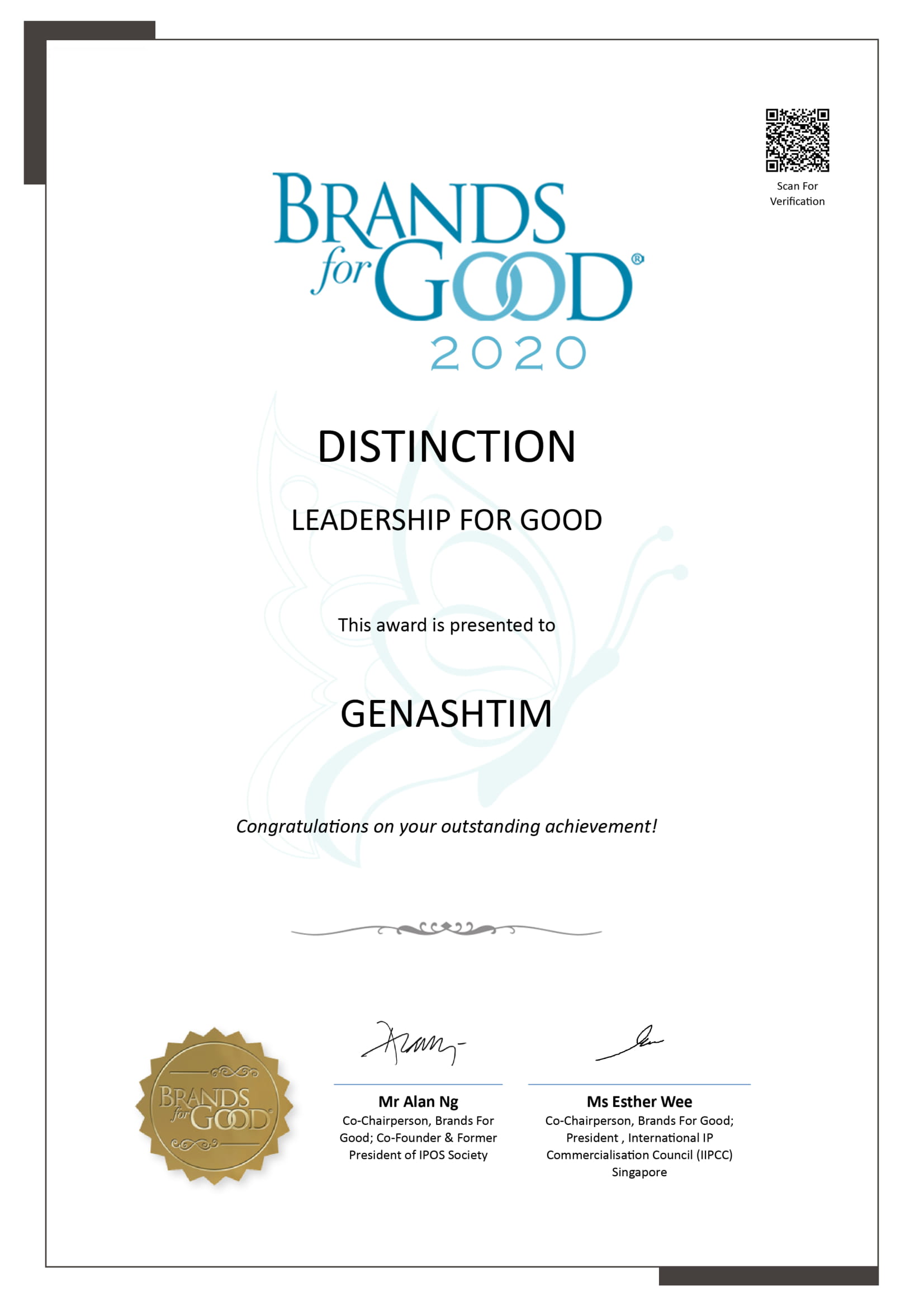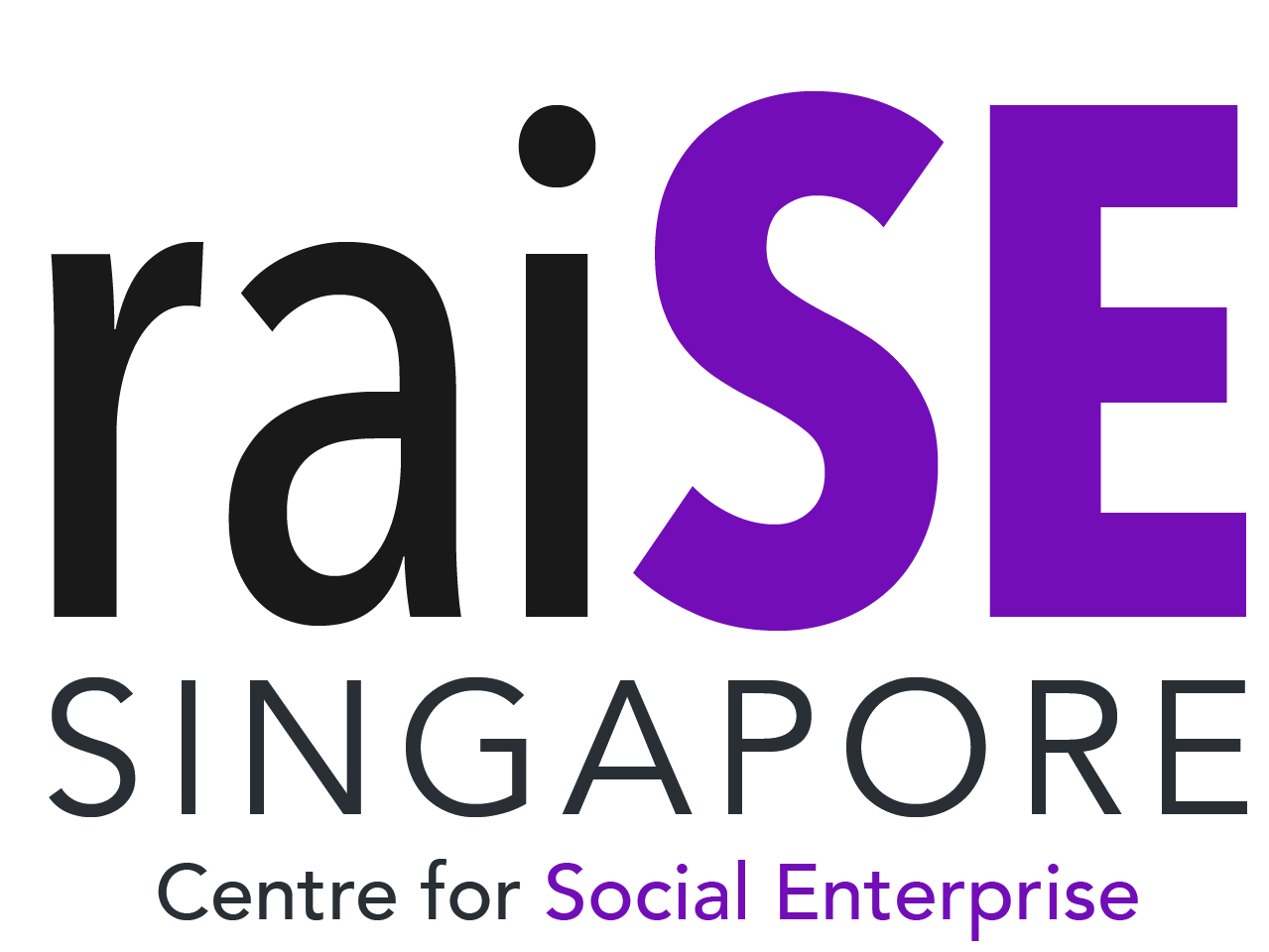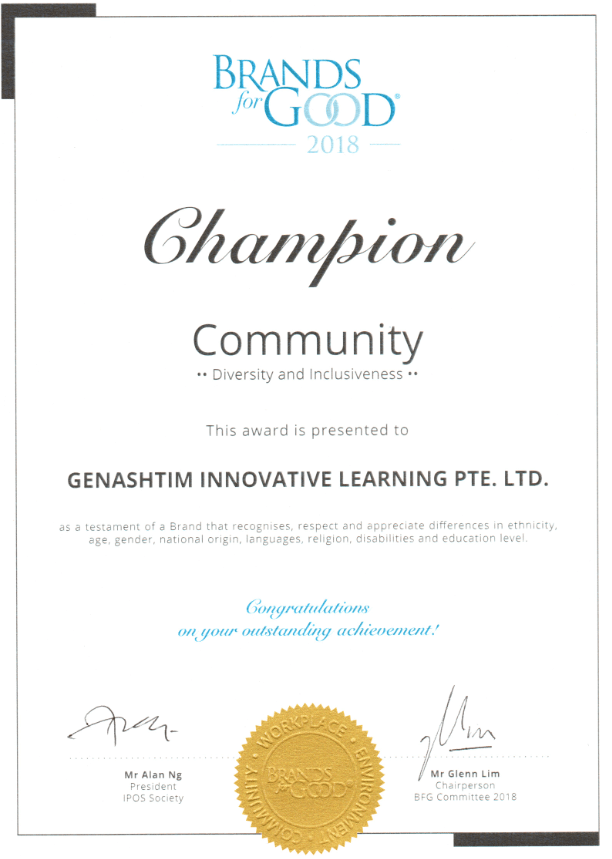The Looming Crisis Of The Modern Era: Short Attention Span
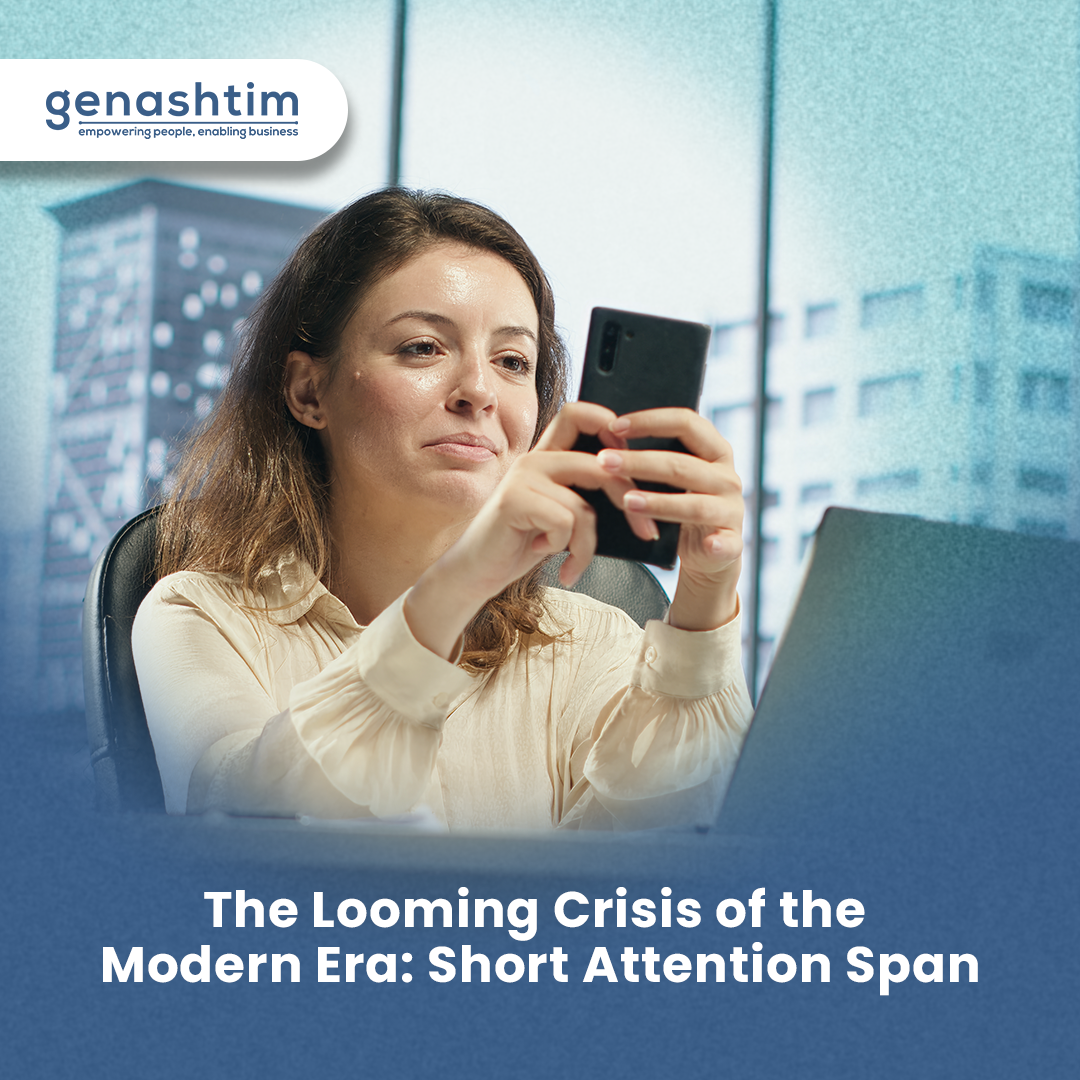
Written by: Faryal Batool
Do you find yourself getting fidgety and anxious when you can’t locate your phone? Have you ever experienced that instant urge to pick up your phone and mindlessly scroll through it, even during brief moments of waiting, like at a red light, in a restaurant line, or while a webpage is loading?
All of these traits are the direct result of our dwindling attention span. Over the past decade or two, the rapid evolution of technology has pushed forward numerous gadgets that compete for our attention, leading to a collective loss of focus for extended periods. Furthermore, this short attention span phenomenon isn’t limited to any specific industry or age group. From toddlers to the elderly, we all seem to struggle with maintaining focus. It’s alarming for everyone, whether you’re a student, a worker, a homemaker, or simply a human being trying to navigate through daily life.
Consequently, we’re not only struggling to navigate the challenges of life but also faced with the added stress of having to consciously rein in our attention, as our brains often resemble hyperactive children fueled by sugar, darting from one distraction to another.
Why are we all suffering from inattention?
We all must have seen countless videos and reels on social media platforms, showcasing various indications of attention deficit. Many individuals are quick to self-diagnose with Attention Deficit Hyperactivity Disorder (ADHD) based on these portrayals. However, regardless of the accuracy of these self-diagnoses, one undeniable truth remains: we’re all grappling with inattention and finding it increasingly challenging to maintain focus on tasks for extended periods.
Our brains have seemingly morphed into hyperactive children, constantly seeking new stimulation and becoming restless when deprived of a steady stream of dopamine. Experts attribute several factors to this epidemic of shrinking attention spans. Some of these contributing factors include:
- Digital Distractions:
Digital distractions, primarily stemming from our smartphones, stand out as the foremost culprit contributing to our dwindling attention spans. The proliferation of smartphones, social media platforms, and other digital technologies drowns us with a continuous flow of notifications, messages, and entertainment options. This relentless barrage of stimuli makes it exceedingly difficult to sustain focus on any single task for an extended period.Gloria Mark, a professor and author of the book “Attention Span: A Groundbreaking Way to Restore Balance, Happiness and Productivity,” conducted two notable research studies—one in the early 2000s and another more recently. In these studies, she and her team tracked individuals’ interactions with electronic devices, noting each instance their attention shifted to something new. The results were striking – with the average time between shifts roughly every 2.5 minutes in the first study, it has plummeted to an alarming 47 seconds in her more recent research.Furthermore, Adam Brown, co-director of the Center for Attention, Learning, and Memory at St. Bonaventure University in New York, affirms that succumbing to the temptation to interrupt a task to check one’s phone forces the brain to abruptly switch gears. This interruption halts the brain’s previous activity and compels it to transition to a new task. Research indicates that this process adversely affects both the speed and quality of work in the immediate term.
- Information Overload:
Information overload is another significant factor contributing to the shortening of our attention spans in the modern era. The abundance of information sources, including news websites, blogs, and streaming platforms, inundates us with an overwhelming amount of content to consume. Consequently, our brains resemble overworked computers with multiple tabs and applications open, struggling to process it all.To illustrate this, let’s revisit the analogy of the hyperactive child, this time imagining them in a toy shop with unlimited access to take whatever they desire within a limited timeframe. Picture that child anxiously darting from one aisle to another, unable to focus or make a decision amidst the plethora of options, driven by the fear of missing out on something more exciting. Similarly, we find ourselves in the shoes of that child, surrounded by a vast array of information at our fingertips but constrained by time, leading to a sense of paralysis as we anxiously switch from one source to another without truly engaging with any of them.This fear of missing out has prompted many of us to engage in multitasking, further fragmenting our attention and diminishing productivity. Unable to fully commit to any single task, we find ourselves unable to do justice to any of them.
- Instant Gratification Culture:
In our daily lives, many of our actions are influenced and controlled by neurotransmitters such as dopamine and serotonin, which play crucial roles in regulating our moods and emotions. In the current age of social media, we’ve become increasingly reliant on others’ opinions, likes, and comments on our posts to receive instant gratification, leading to boosts in dopamine and serotonin levels. Consequently, our brains have been conditioned to eagerly anticipate this dose of dopamine whenever we hear the notification ping, prompting us to drop everything and check the notification immediately.This conditioning fosters impulsive behavior and a preference for short, easily digestible content over more in-depth and complex information. We’ve become accustomed to seeking quick rewards and instant validation, which hinders our ability to engage deeply with more substantive material.
- Reduced Patience:
I’m sure many of us can relate to the frustration and impatience that arise when a video or website takes too long to load, leading us to mindlessly switch between apps and tabs in search of faster entertainment or information. Similarly, have you ever found yourself attempting to recall a well-known date, event, or name, only to give up after a few seconds and resort to looking it up on Google?With essential information readily available through contact lists, calculator apps, search engines, and AI assistants, we are gradually losing our ability to perform simple tasks such as memorizing a loved one’s birth date or contact number. Our patience wears thin if we can’t access information within mere seconds. The convenience of modern technology has accustomed us to instant access to information and services, leading to a decreased tolerance for tasks that require sustained effort or delayed gratification.
Solutions for Reversing the Trend:
According to Adam Brown, our inattention has reached an “epidemic” level. However, there still is a silver lining. Brown believes that it’s an epidemic we have the power to reverse.
While the prevalence of shrinking attention spans may seem daunting, there are several strategies individuals can employ to mitigate its effects:
- Mindfulness Practices:
Integrating mindfulness practices like meditation and deep breathing exercises can enhance focus and concentration. By training the mind to be present, individuals can resist distractions and sustain attention. Additionally, disconnecting from technology and immersing oneself in nature through activities like walking or hiking can aid in relaxation and mental revitalization. - Limiting Digital Consumption:
Establishing boundaries around digital consumption, such as allocating specific times for checking email or social media, can effectively mitigate the influence of digital distractions on attention span. Moreover, incorporating digital detox periods or designating technology-free zones can offer valuable opportunities for mental rejuvenation and enhanced focus.Fortunately, there are numerous applications available for your devices that facilitate digital detox by allowing you to lock your device for a predetermined duration. By leveraging these tools, we can regain control over our digital dependency and transition towards a more balanced engagement with technology, fostering a return to a somewhat analog lifestyle.
- Cultivating Patience:
Developing patience and mastering the art of delaying gratification serve as indispensable tools in navigating the challenges posed by diminishing attention spans. One effective strategy for cultivating patience is to establish realistic goals that align with one’s capabilities and aspirations and break tasks into manageable steps. Moreover, it’s essential to nurture patience by consistently practicing delayed gratification. This involves resisting the allure of immediate rewards and instead investing in actions that promise long-term benefits. By embracing this mindset, we can develop a mindset of perseverance and endurance.
In conclusion, the pervasive issue of short attention span in our modern society is undeniable, affecting individuals of all ages and professions. As someone who works remotely for a social enterprise, Genashtim, I can attest that my colleagues and I, like everyone else, struggle with attention and focus at times. However, what sets us apart is the support and open communication mindset fostered throughout our organization.
Nonetheless, it’s not just about individual efforts; management and leaders play a crucial role in ensuring that employees are in the best form to provide optimal results. By prioritizing a culture of understanding and flexibility, leaders can create an environment where employees feel empowered to address their attention challenges openly and seek appropriate support.
Moreover, implementing strategies such as regular check-ins, setting realistic goals, and providing resources for mindfulness and focus training can greatly aid employees in managing their attention effectively. By acknowledging and actively addressing the issue of attention span within the workplace, organizations can cultivate a workforce that is better equipped to navigate distractions and deliver their best work consistently.




































